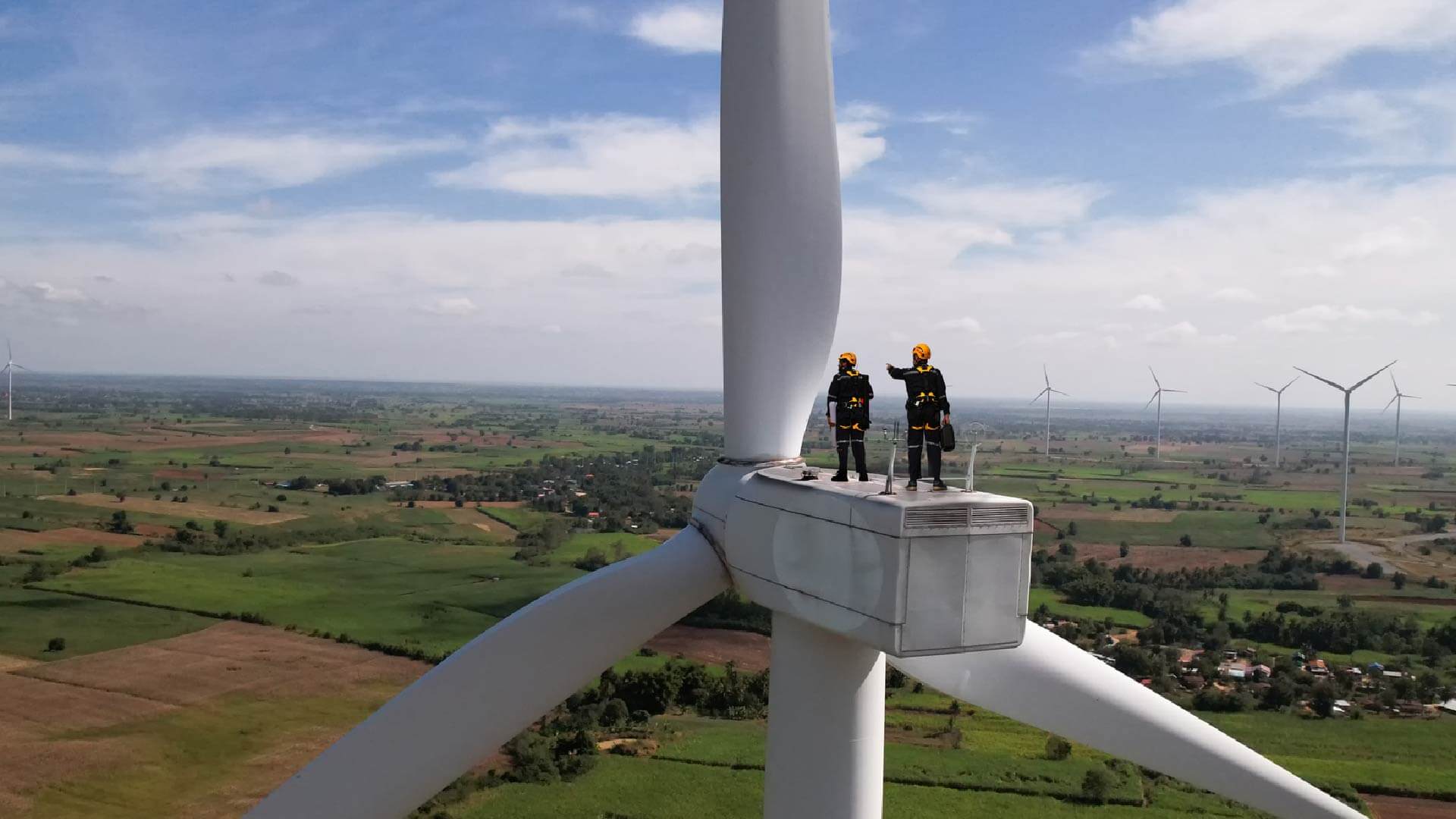Strategic Focus: Integrating Control Of Work Into The Contractor Management Life Cycle
17 Apr, 2025
Access this research
Access all EHS Specialist Software content with a strategic subscription or buy this single report
Need help or have a question about this report? Contact us for assistance
Executive Summary
Organizations make the strategic decision to hire contractors for several reasons, including technical skills, project flexibility and cost savings. By doing so, firms can deliver large-scale projects quickly, without having to go through the extensive process of hiring more internal employees. However, contractors are usually unfamiliar with the organization's processes, employees and site-specific hazards. Although firms will have safety measures in place, contractors may require a more rigorous approach to EHS practices, especially if they are conducting technical and hazardous tasks. To address this, organizations implement control of work procedures to ensure hazardous work is completed safely and associated risks are mitigated appropriately. This report outlines how firms can integrate control of work software into various stages of the contractor management life cycle.
Control of work supports firms in managing the complex task of overseeing contractor safety
Control of work helps organizations proactively manage contractor safety
Control of work provides firms with increased visibility at each stage of the contractor life cycle
Vendors seek to integrate control of work and contractor management through technology
Control of work helps organizations proactively manage contractor safety
Control of work provides firms with increased visibility at each stage of the contractor life cycle
Vendors seek to integrate control of work and contractor management through technology
Figure 1. Where control of work fits into the contractor management life cycle
About the Authors

Zain Idris
Industry Analyst
Zain is an Industry Analyst specializing in EHS digital strategy and corporate spending trends. His research examines how firms are positioning their EHS budgets, considering ...
View Profile
Bill Pennington
VP Research
Bill is VP Research at Verdantix, where he leads analysis on the evolving and interconnected landscapes of EHS, quality, AI and enterprise risk management. His research helps ...
View Profile








